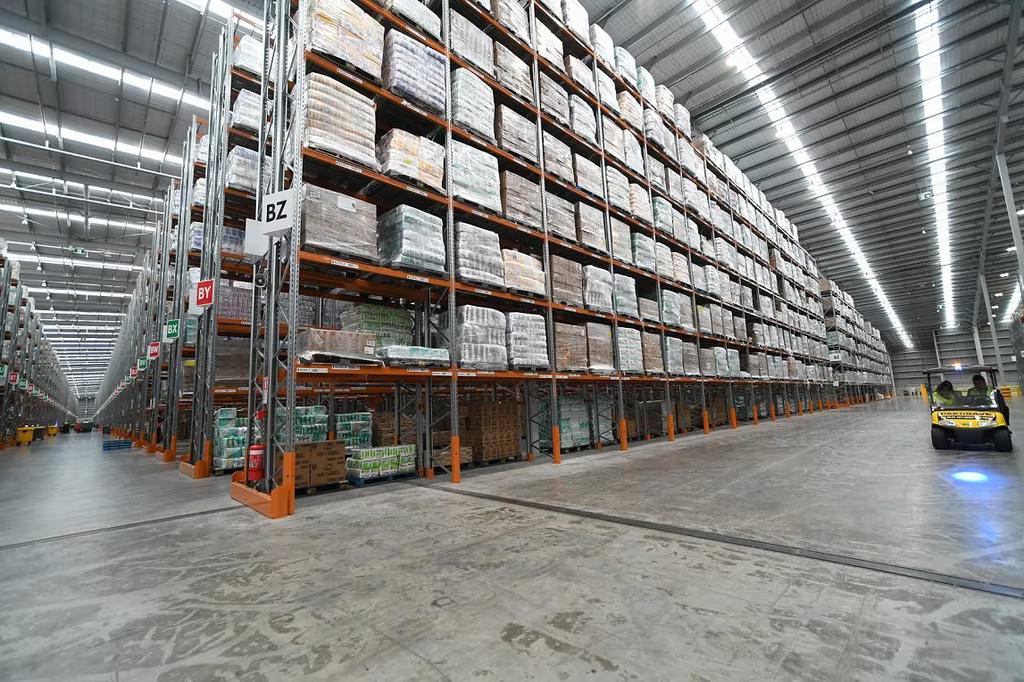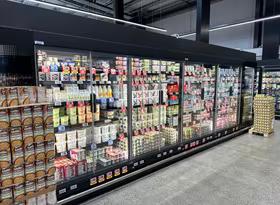
Media Release: Costs from grocery suppliers to supermarkets increase 4.5%pa in December
Supplier cost increases remained higher than a year ago in December, but there was continued moderation in the annual pace of change. The Infometrics-Foodstuffs New Zealand Grocery Supplier Cost Index (GSCI) shows an average 4.5% increase in what suppliers charged Foodstuffs supermarkets for goods in December 2023 compared to a year ago.
“Although costs are higher than a year ago, the index in December was unchanged month-on-month from November 2023 as a result of the usual summer cost change moratorium on most items,” says Infometrics Chief Executive and Principal Economist Brad Olsen.
Moratoriums are used by many companies and industries to minimise system changes and protect trading for customers over the holiday period. “December usually sees an unchanged index, with this outcome occurring in 2018, 2020, and 2021, with many items remaining the same in cost, and only more seasonal and perishable items changing,” says Mr Olsen.
The Infometrics-Foodstuffs New Zealand Grocery Supplier Cost Index (GSCI), commissioned by Foodstuffs New Zealand, measures the change in the list cost of grocery goods charged by suppliers to the Foodstuffs North Island and Foodstuffs South Island co-operatives. The Index utilises detailed Foodstuffs NZ data across over 60,000 products the Foodstuffs co-ops buys to stock in their 500+ stores, making it the largest dataset of its type in New Zealand, to give a real-time view on supplier cost changes.
Every month, the Index tracks what it costs supermarkets to buy the goods to put on the shelf. Previous analysis shows that supplier costs are the major component of supermarket prices, representing two-thirds of the on-shelf price.
Despite the unchanged index, more items rose in cost than usual for a December month, and these increases were of a larger magnitude compared to in 2019 and 2020. “Just over 1,900 items increased in cost this December—far less than the 5,200+ monthly increases seen on average in the rest of 2023, as a result of the moratorium, b still considerably higher than the 370 items that rose in cost in December 2020. The more limited number of cost increases skewed higher this year too, with 18% of changes being a rise of more than 20%—compared to 12% increasing by this magnitude in December 2020.”
Two-thirds of departments recorded no change in the December 2023 month (compared to November) due to the moratorium, but prior increases meant all departments still recorded higher supplier costs than a year ago. “Seasonal and perishable items continued to see some changes in cost, including some seafood and meats which saw marginal increases. Produce costs also increased, driven by higher fruit costs such as plums and strawberries. However, a number of summer vegetables also saw falls in costs, like for avocados and tomatoes,” says Mr Olsen.
“Although a number of input price indicators support the likely continued moderation in supplier cost increases in 2024, the recent spike in shipping costs risks re-inflaming supply chain concerns globally.”
ENDS
Note:
The Infometrics-Foodstuffs New Zealand Grocery Supplier Cost Index (GSCI), commissioned by Foodstuffs New Zealand, measures the change in the list cost of grocery goods charged by suppliers to the Foodstuffs North and South Island cooperatives.
List cost refers to the cost suppliers charge retailers before trade spend is applied; trade spend being any form of discount provided by a supplier to allow their goods to be discounted.
The Index utilises detailed Foodstuffs NZ data, across over 60,000 products, analysed by independent economics consultancy Infometrics to produce the GSCI and publish it on a monthly basis. For more details see www.infometrics.co.nz/product/grocery-supplier-cost-index.








